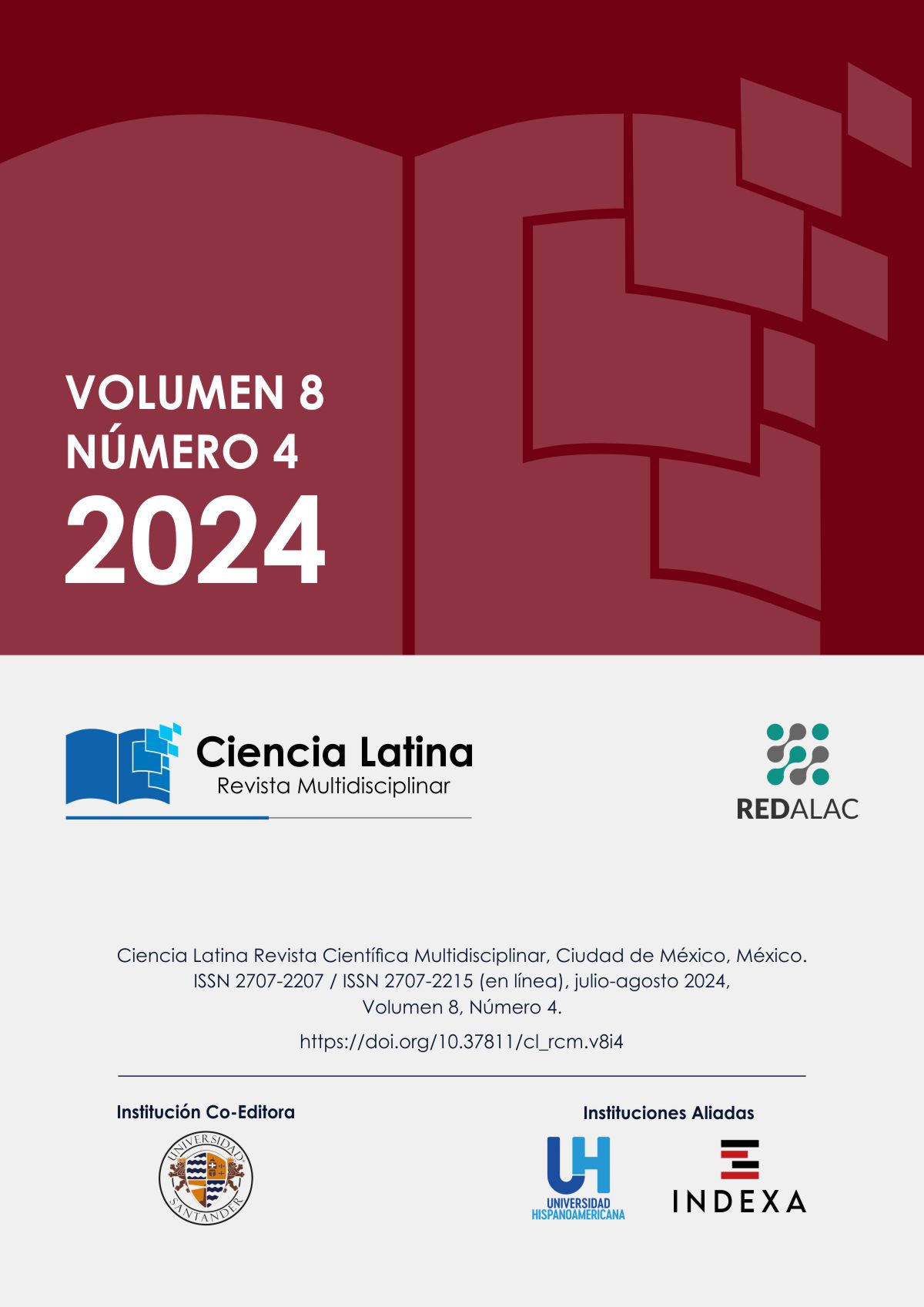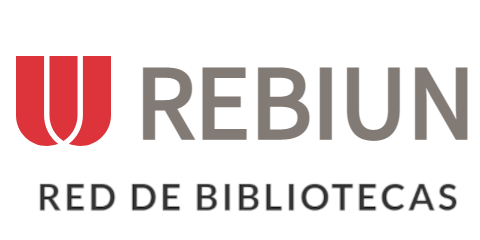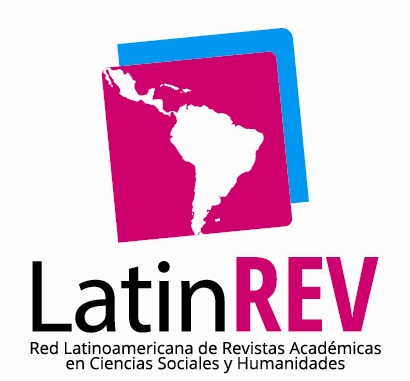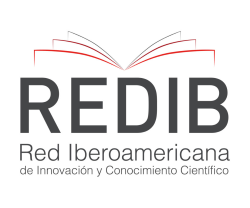Determination of the Oxidative Stability of Omega-3 Oil Using Electrochemical Impedance Spectroscopy
Resumen
One of the main challenges in the supplements and food industry is maintaining the oxidative stability of Omega-3 rich oils, which are highly susceptible to oxidation. The oxidation of these oils not only affects their quality and flavor but can also diminish their health benefits, such as reducing inflammation and supporting brain function. This study evaluates the oxidative stability of Omega-3 oil using electrochemical impedance spectroscopy (EIS), a technique that offers a faster and non-destructive alternative compared to traditional chemical methods. Oil samples were subjected to autoxidation at room temperature and analyzed over a frequency range of 3 kHz to 100 kHz, while peroxide levels were measured using traditional bromatological techniques for comparison. The results revealed a strong linear correlation (R² = 0.99) between peroxide levels and imaginary dielectric permittivity, highlighting the potential of EIS to effectively characterize the oxidative stability of Omega-3 oil. This finding is significant because EIS allows for faster and non-destructive evaluation, facilitating real-time monitoring of oxidation in Omega-3 oils, which could be particularly beneficial for manufacturers seeking to ensure the quality of their products more efficiently. Additionally, the use of EIS can reduce costs and analysis times, improving the efficiency of quality control processes. However, possible disadvantages include the need for specialized equipment and precise calibration of the method for different types of oils. Future research should focus on further optimizing and validating this method under different storage and processing conditions, as well as exploring its applicability to other types of edible oils and Omega-3 derived products to ensure their quality and safety. Moreover, it would be beneficial to investigate the integration of EIS into automated production lines for continuous monitoring, which could revolutionize the way Omega-3 oil quality is assured in the industry.
Descargas
Citas
Barsoukov,]. E., and Ross Macdonald, J. (2005). Impedance Spectroscopy, 2th Ed. USA: Wiley Interscience.
Biernat, Krzysztof, Piotr Bocian, Paweł Bukrejewski, and Krzysztof R. Noworyta. (2019). Application of the Impedance Spectroscopy as a New Tool for Studying Biodiesel Fuel Aging Processes. Energies, 12(4), 738.
Bocian, P., Biernat, K., Bukrejewski, P., Sharma, P. S., Noworyta, K., & Matuszewska, A. (2021). Electrochemical impedance spectroscopy studies of gasoline oxidative stability – Attempt to devise new gasolines chemical stability index. Fuel, 288, 119620. https://doi.org/10.1016/j.fuel.2020.119620
Choe, E., & Min, D. B. (2006). Mechanisms and factors for edible oil oxidation. Comprehensive reviews in food science and food safety, 5(4), 169-186.
Corugedo, A. C., Barcala, B. P., & Montero, Y. A. (2014). La espectroscopía de impedancia electroquímica como herramienta de diagnóstico del aceite transformador. Revista Cubana de Ingeniería, 5(3), 65-68.
Floros S, Toskas A, Pasidi E, Vareltzis P. (2022). Bioaccessibility and Oxidative Stability of Omega-3 Fatty Acids in Supplements, Sardines and Enriched Eggs Studied Using a Static In Vitro Gastrointestinal Model. Molecules, 27(2), 415.
Flynn, K., Ackland, L., & Torriero, A. (2018). Electrochemical impedance spectroscopy study of the interaction of supported lipid bilayers with free docosahexaenoic acid. Medicinal & Analytical Chemistry International Journal, 2(3), 1-14.
Frankel, E. N. (2005). Lipid Oxidation, The Oily Press. University of California, Davis, California, USA, 103-106.
Gashi, A., Chernev, G., Symoniuk, E., Jankulovski, Z., de Souza, C. K., & Rexhepi, F. (2024). Evaluation of the Oxidative Thermal Stability of Fish Oil with the Addition of Pumpkin Seed Oil or Rosemary Extract. Journal of Chemical Technology and Metallurgy, 59(1), 61-72.
Lázaro, J. (2023). Monitorización de la oxidación de aceites marinos mediante técnicas de análisis de imagen [Tesis de maestría, Universidad Politecnica de Valencia]. https://m.riunet.upv.es/bitstream/handle/10251/197652/Lazaro%20-%20Monitorizacion%20de%20la%20oxidacion%20de%20aceites%20marinos%20mediante%20tecnicas%20de%20analisis%20de%20imagen.pdf?sequence=1&isAllowed=y
McClements, D. J., & Decker, E. A. (2000). Lipid oxidation in oil‐in‐water emulsions: Impact of molecular environment on chemical reactions in heterogeneous food systems. Journal of food science, 65(8), 1270-1282.
Montgomery, R.; Conway, T. W & Spector, A. A. (1992). Bioquímica: casos y texto. 5th ed. St. Louis: Mosby.
Ortega-Nieblas, M., Robles-Burgueño, M. R., & Vázquez-Moreno, L. (2001). Evaluación oxidativa de las mezclas de aceites de leguminosas del Desierto de Sonora con aceites de maíz y soja durante su almacenamiento. Grasas Aceites, 52, 355-362.
Padial-Domínguez, M., García-Moreno, P. J., González-Beneded, R., Guadix, A., & Guadix, E. M. (2023). Evaluation of the physical and Oxidative Stabilities of Fish Oil-in-Water-in-Olive Oil Double Emulsions (O1/W/O2) stabilized with whey protein hydrolysate. Antioxidants, 12(3), 762.
Rahmani-Manglano, N. E., Guadix, E. M., Jacobsen, C., & García-Moreno, P. J. (2023). Comparative Study on the Oxidative Stability of Encapsulated Fish Oil by Monoaxial or Coaxial Electrospraying and Spray-Drying. Antioxidants, 12(2), 266.
Rodríguez, G., Villanueva, E., Glorio, P., & Baquerizo, M. (2015). Estabilidad oxidativa y estimación de la vida útil del aceite de sacha inchi (Plukenetia volubilis L.). Scientia agropecuaria, 6(3), 155-163.
Rodríguez, S., Escobar, A., & Ortiz, E. (2010). Desarrollo de una Prueba de Estabilidad Oxidativa del Aceite de Pescado, Comparando Medidas de Técnicas Bromatológicas con las de Calorimetría Diferencial de Barrido. Rev. Colomb. Fisica, 42(2), 191-195.
Sanaeifar, A., & Jafari, A. (2019). Determination of the oxidative stability of olive oil using an integrated system based on dielectric spectroscopy and computer vision. Information processing in agriculture, 6(1), 20-25.
Shahidi, F., & Zhong, Y. (2010). Lipid oxidation and improving the oxidative stability. Chemical society reviews, 39(11), 4067-4079.
Spellman, F. (2009) Handbook of Water and Wastewater Treatment Plant Operations. 2nd Edition, Taylor & Francis, Boca Raton, New York.
United States Pharmacopeial Convention. Council of Experts, & United States Pharmacopeial Convention. Food Ingredient Expert Committee. (2010). Food Chemicals Codex. US Pharmacopeia Conv.
Derechos de autor 2024 Brenda Patricia Rodríguez Villanueva, Sandra Milena Rodríguez Villanueva , Roberto Del Cristo Martínez Mejía, Henry Nuñez Coavas

Esta obra está bajo licencia internacional Creative Commons Reconocimiento 4.0.













.png)




















.png)
1.png)


